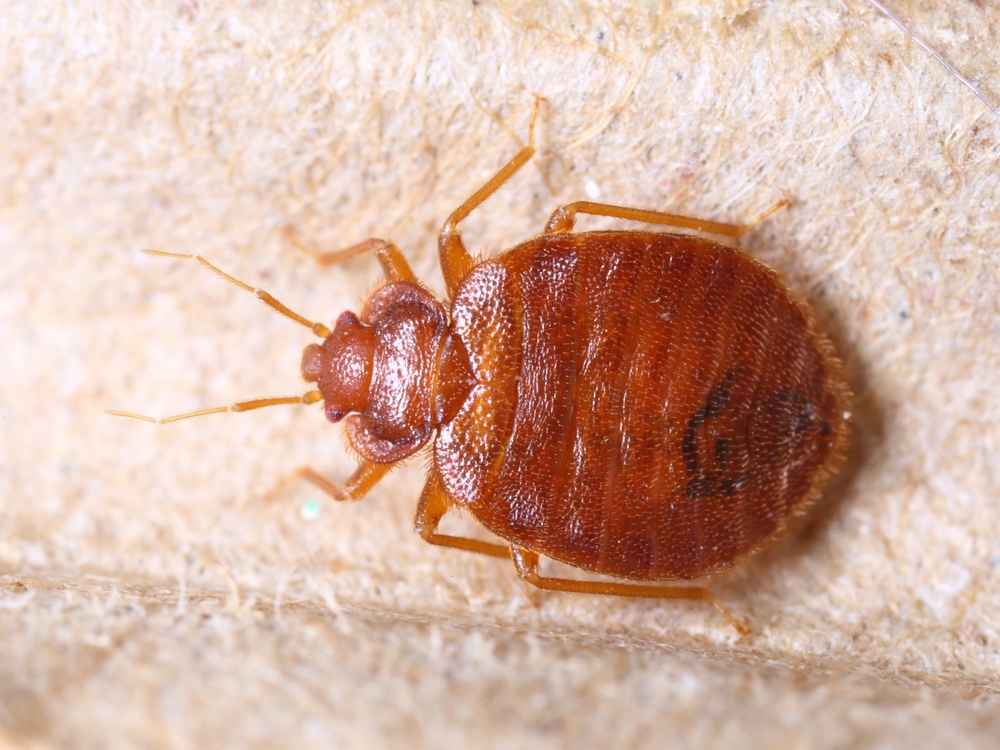Can off the shelf consumer grade products get rid of bed bugs? In short, the answer is sometimes.
What pest control professionals see from clients who have attempted their bed bug control that DIY methods can provide temporary relief, but they rarely completely remove infestations. The problem is that bed bugs are excellent at hiding and can re-infest easily. We have consistently seen that experience and effective products usually win over DIY products and methods.
We realize that people are going to try DIY methods anyway, so we are going to list the most commonly used products on the consumer market:
Diatomaceous Earth (DE) – This powder made from fossilized algae damages the waxy coating on bed bug exoskeletons, causing dehydration and death. It must come into direct contact with bugs and be reapplied after getting wet. Works best in dry areas like cracks and crevices.
Bed bug interceptor traps – These pitfall-style traps are placed under furniture legs to catch bugs as they wander. They monitor infestations but usually don’t reduce populations much. They must be kept clean and maintained.
Encasements – Mattress and box spring covers seal off hiding spots and trap existing bugs inside. It can help limit colony growth if installed early. Don’t kill the current infestation.
Bed bug sprays – These are available as contact sprays and residual sprays, but consumer versions may be less potent than professional products. It’s easy to miss spots, letting bed bugs survive.
Bug zappers/swatters – These don’t work well against fast-moving bed bugs. Close contact is required for each bug, so they’re impractical for large infestations.
Heat treatments – Using steamers to apply heat over 140°F on furniture and belongings can kill all stages if done thoroughly. Its very labor intensive, and it’s easy to miss areas. This is why professionals often use whole house heaters to raise the temperature safely throughout the entire living area.
In summary, traps and monitors can catch some bed bugs but don’t usually decrease an established population enough to stop bites. The best approach is to use a combination of methods to knock down the population and diminish the spread.
Overall, these products may help limit bed bug spread and activity but are unlikely to eliminate an established infestation. Professional pest control is often necessary because exterminators can access more effective insecticides and treatment methods.
For example, they use specialized sprayers to penetrate bed bug-hiding spots fully. Professional chemical treatments have longer residual effects. Sometimes follow-up treatments are needed in case any eggs survive. Professionals also provide advice on preventing future infestations.
So, while some DIY methods may supplement a professional treatment, they generally aren’t enough to successfully eliminate a bed bug problem on their own. Calling a bed bug exterminator at the first signs of an infestation gives the best chance of getting rid of them quickly and preventing further spread.

